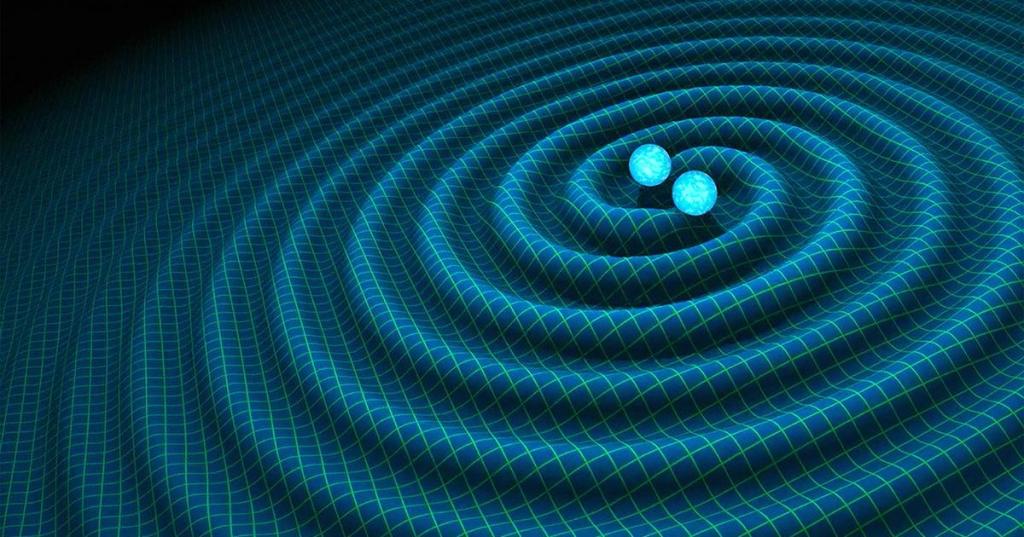While some people may think of space as an unmoving void, the reality of the matter is that motion plays integral roles in the interactions between celestial bodies. In fact, space is moving constantly, and in a myriad of different ways. Earth moves on its axis; the planets in our solar system orbit around the Sun; comets and meteor weave across space. Note that motion does not only characteristic of relatively small bodies, but also functions on a larger scale, and in two main ways. First, our own solar system moves within the local solar neighborhood. This movement is relatively fast and quite random. However, the Milky Way Galaxy moves as well: it has an orbit of its own, although it takes a much longer time (230 million years) to make a full rotation. While the movement of the solar system seems random, it is actually part of a larger, coordinated motion in space. The Cosmic Perspective uses the analogy of leaves floating aimlessly in a stream, while simultaneously moving together with the current. Another useful visualization is that of materials swept up by a tornado: the particles move independent of one another and without pattern, but still follow the larger motion of the wind’s rotation. The shape (“fabric”) of the universe is deeply tied to the motion of its galaxies, solar systems, superclusters, and various celestial bodies.
Image credits: R. Hurt/Caltech – Jet Propulsion Laboratory









